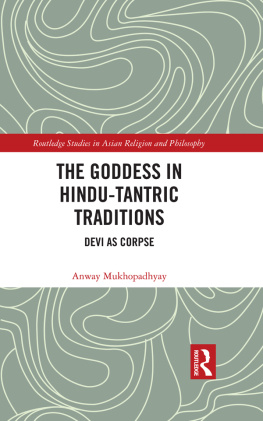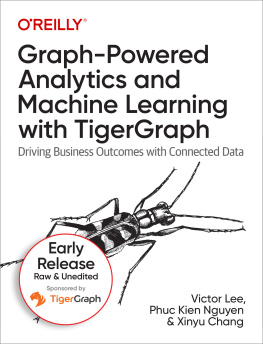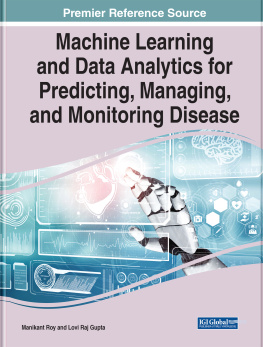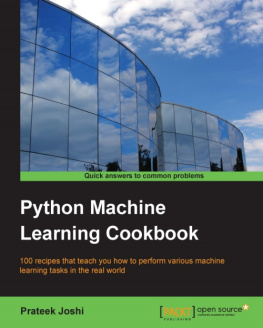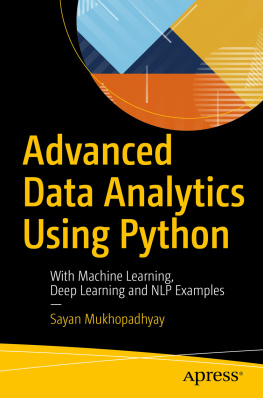Mukhopadhyay - Advanced data analytics using Python: with machine learning, deep learning and NLP examples
Here you can read online Mukhopadhyay - Advanced data analytics using Python: with machine learning, deep learning and NLP examples full text of the book (entire story) in english for free. Download pdf and epub, get meaning, cover and reviews about this ebook. City: New York, year: 2018, publisher: APRESS, genre: Computer. Description of the work, (preface) as well as reviews are available. Best literature library LitArk.com created for fans of good reading and offers a wide selection of genres:
Romance novel
Science fiction
Adventure
Detective
Science
History
Home and family
Prose
Art
Politics
Computer
Non-fiction
Religion
Business
Children
Humor
Choose a favorite category and find really read worthwhile books. Enjoy immersion in the world of imagination, feel the emotions of the characters or learn something new for yourself, make an fascinating discovery.
- Book:Advanced data analytics using Python: with machine learning, deep learning and NLP examples
- Author:
- Publisher:APRESS
- Genre:
- Year:2018
- City:New York
- Rating:4 / 5
- Favourites:Add to favourites
- Your mark:
- 80
- 1
- 2
- 3
- 4
- 5
Advanced data analytics using Python: with machine learning, deep learning and NLP examples: summary, description and annotation
We offer to read an annotation, description, summary or preface (depends on what the author of the book "Advanced data analytics using Python: with machine learning, deep learning and NLP examples" wrote himself). If you haven't found the necessary information about the book — write in the comments, we will try to find it.
Mukhopadhyay: author's other books
Who wrote Advanced data analytics using Python: with machine learning, deep learning and NLP examples? Find out the surname, the name of the author of the book and a list of all author's works by series.
Advanced data analytics using Python: with machine learning, deep learning and NLP examples — read online for free the complete book (whole text) full work
Below is the text of the book, divided by pages. System saving the place of the last page read, allows you to conveniently read the book "Advanced data analytics using Python: with machine learning, deep learning and NLP examples" online for free, without having to search again every time where you left off. Put a bookmark, and you can go to the page where you finished reading at any time.
Font size:
Interval:
Bookmark:
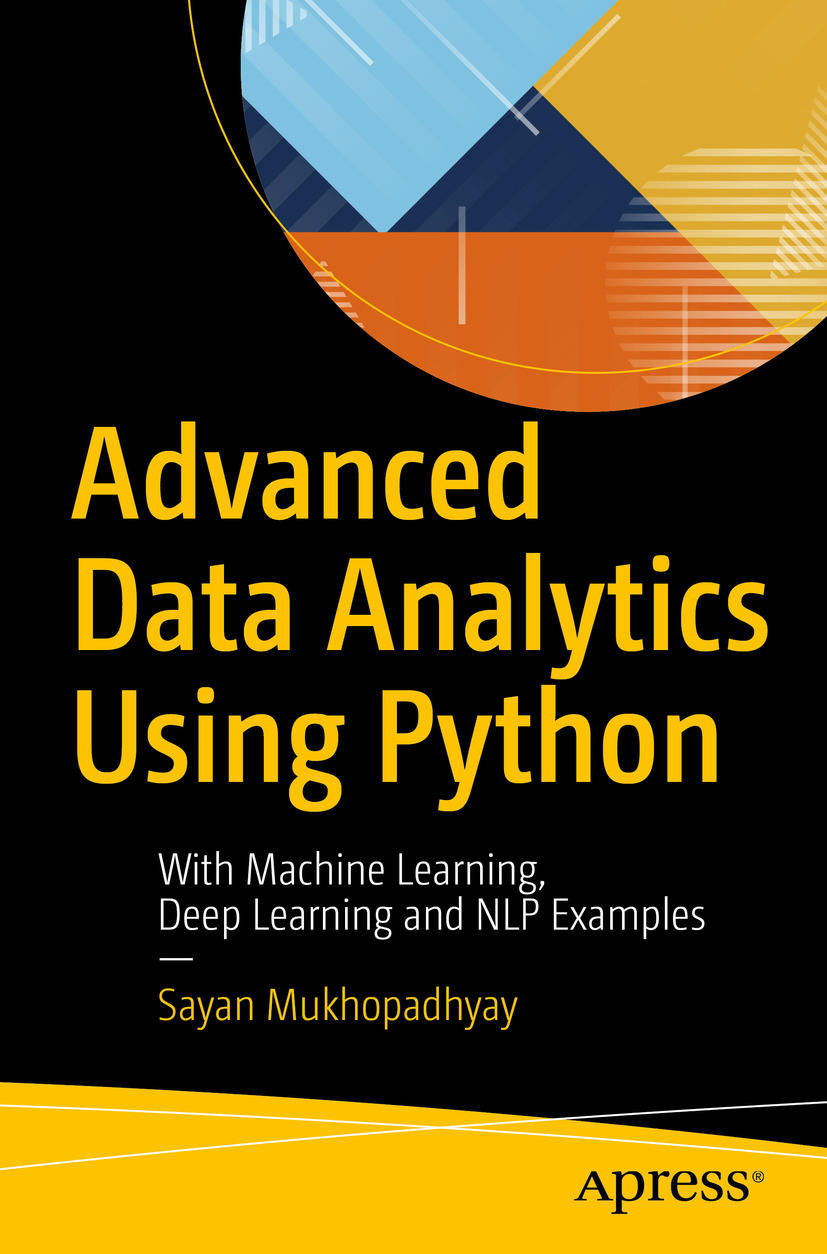

Any source code or other supplementary material referenced by the author in this book is available to readers on GitHub via the books product page, located at www.apress.com/978-1-4842-3449-5 . For more detailed information, please visit www.apress.com/source-code .
This is dedicated to all my math teachers, especially to Kalyan Chakraborty.
Thanks to Labonic Chakraborty (Ripa) and Kusumika Mukherjee.
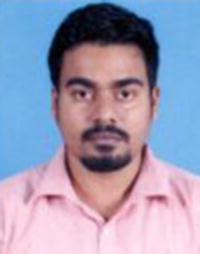
has more than 13 years of industry experience and has been associated with companies such as Credit Suisse, PayPal, CA Technologies, CSC, and Mphasis. He has a deep understanding of applications for data analysis in domains such as investment banking, online payments, online advertisement, IT infrastructure, and retail. His area of expertise is in applying high-performance computing in distributed and data-driven environments such as real-time analysis, high-frequency trading, and so on.
He earned his engineering degree in electronics and instrumentation from Jadavpur University and his masters degree in research in computational and data science from IISc in Bangalore.

has more than 14 years of full stack IT experience in machine learning, deep learning, and natural language processing. He has six years of big data development and architect experience, including working with Hadoop and its ecosystems as well as other NoSQL technologies such as MongoDB and Cassandra. In fact, he has been the technical reviewer of several books on these topics.
He is also interested in strategizing using Design Thinking principles and in coaching and mentoring people.
In this book, I assume that you are familiar with Python programming. In this introductory chapter, I explain why a data scientist should choose Python as a programming language. Then I highlight some situations where Python is not a good choice. Finally, I describe some good practices in application development and give some coding examples that a data scientist needs in their day-to-day job.
It has versatile libraries. You always have a ready-made library in Python for any kind of application. From statistical programming to deep learning to network application to web crawling to embedded systems, you will always have a ready-made library in Python. If you learn this language, you do not have to stick to a specific use case. R has a rich set of analytics libraries, but if you are working on an Internet of Things ( IoT ) application and need to code in a device-side embedded system, it will be difficult in R.
It is very high performance. Java is also a versatile language and has lots of libraries, but Java code runs on a Java virtual machine, which adds an extra layer of latency. Python uses high-performance libraries built in other languages. For example, SciPy uses LAPACK, which is a Fortran library for linear algebra applications. TensorFlow uses CUDA, which is a C library for parallel GPU processing.
It is simple and gives you a lot of freedom to code. Python syntax is just like a natural language. It is easy to remember, and it does not have constraints in variables (like constants or public / private ).
When you are writing very specific code, Python may not always be the best choice. For example, if you are writing code that deals only with statistics, R is a better choice. If you are writing MapReduce code only, Java is a better choice than Python.
Python gives you a lot of freedom in coding. So, when many developers are working on a large application, Java/C++ is a better choice so that one developer/architect can put constraints on another developers code using public / private and constant keywords.
For extremely high-performance applications , there is no alternative to C/C++.
Before proceeding, I will explain some features of object-oriented programming ( OOP ) in a Python context.
Font size:
Interval:
Bookmark:
Similar books «Advanced data analytics using Python: with machine learning, deep learning and NLP examples»
Look at similar books to Advanced data analytics using Python: with machine learning, deep learning and NLP examples. We have selected literature similar in name and meaning in the hope of providing readers with more options to find new, interesting, not yet read works.
Discussion, reviews of the book Advanced data analytics using Python: with machine learning, deep learning and NLP examples and just readers' own opinions. Leave your comments, write what you think about the work, its meaning or the main characters. Specify what exactly you liked and what you didn't like, and why you think so.


